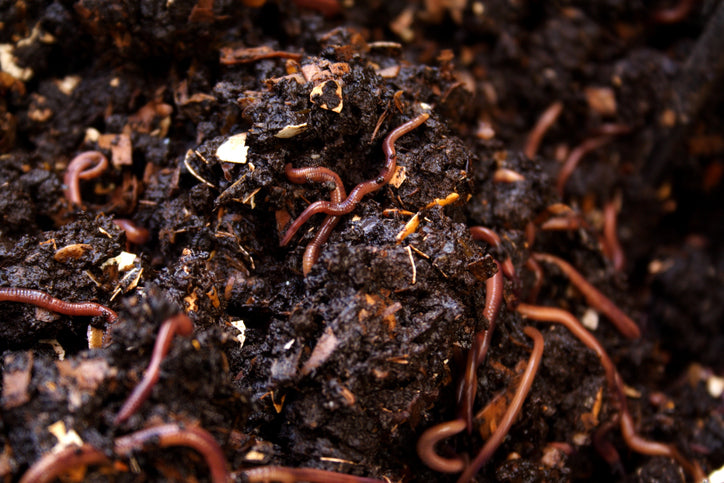Healthy Soil. Healthy Plants. Healthy Animals. Healthy People.
Over the past century our world’s soil has become depleted in nutrients from conventional agriculture. The use of synthetic fertilizers, tilling the land and mono cropping have shifted the balance of the ecosystem, leading to food void of nutrients.

Nature thrives off balance. Regenerative farming enhances soil biodiversity by protecting the top soil with mulch and no till practices. By replenishing the land with living organisms above and below the soil, balance can be restored. Cover crops, mulch, and compost make efficient microorganisms that repair soil structure. The use of organic materials helps to decompose the mulch and improve soil fertility. By ensuring essential nutrients stay underground, ecological stability is set in place. Farmers that use these methods have found that they no longer need to buy as many materials because they’re able to fully utilize the land and everything that it entails. This in turn saves them time and money while improving the quality of crop yields, regenerating the soil and improving its ability to retain water.
These sustainable values are translated into our products to ensure the most bioavailable and nutrient dense skincare on the market. We only source our suet tallow from small regenerative farms that are local to us. To prioritize freshness and the highest quality we pick up our suet directly from our farmers on the day of their harvests.
These practices align with our vision and goal of raising our own animals and growing our ingredients on our own regenerative farm. We were blessed this year with a plot of land to make this dream come alive. To watch this vision unfold before us seems unreal. It has allowed us full control over the quality of our animal products and herbal preparations that go into our products.

Wild Harvesting & Homegrown
Our ancestors were hunters and gatherers. They lived off the land and relied on wild animals and wild herbs and to sustain and nourish their families. When we connect with nature in this way we return to these ancestral roots and pass down their wisdom.
One of my greatest joys of crafting skincare products has been the amount of time I get to spend in nature. Living in the Pacific Northwest has provided me access to an abundance of wildlife that I didn’t know existed many years ago. Foraging for wild plants allows me to source the most vibrant and fresh botanicals available. The nutrient density in wild herbs is generally greater than those that are cultivated, along with increased potency.
There is a noticeable and vast difference between herbs purchased through a bulk supplier and those that have been harvested fresh. If you’ve ever purchased a bag of chamomile from your local health food store you might have noticed that the smell is close to non-existent, the color is dull, and the herbs crumble to the touch. That’s because these mass produced herbs have been sitting on the shelves for months to even years in the store and even months to years before arriving at the store. The color starts to fade after being exposed to the light and air, causing the potency to diminish and the active constituents to significantly decline.
We prefer to harvest our herbs locally and seasonally to gain a greater understanding of their properties and life cycles. Wild foraging keeps our practice sustainable and keeps me connected to the ecology of nature.
